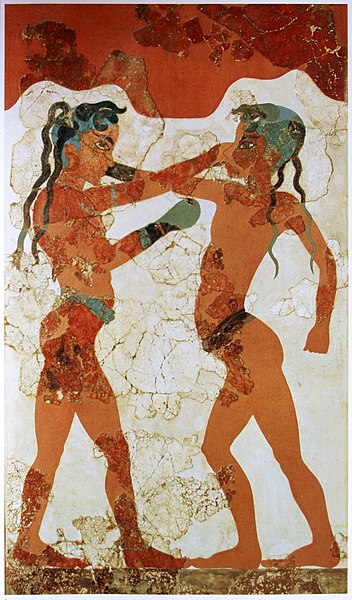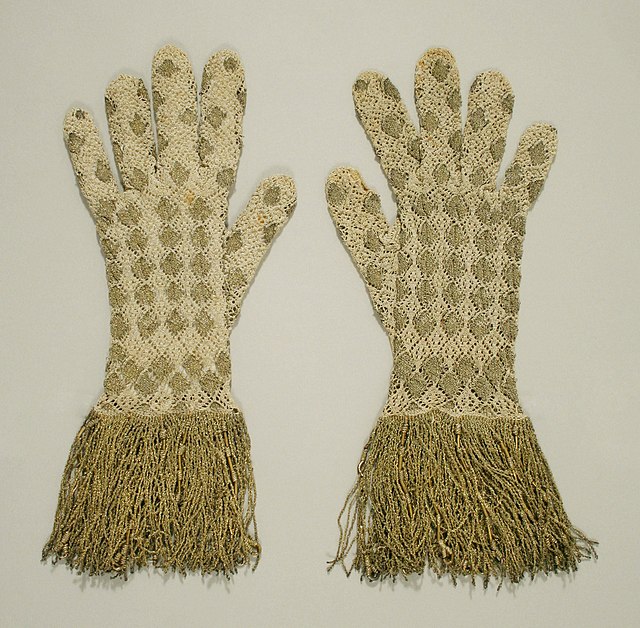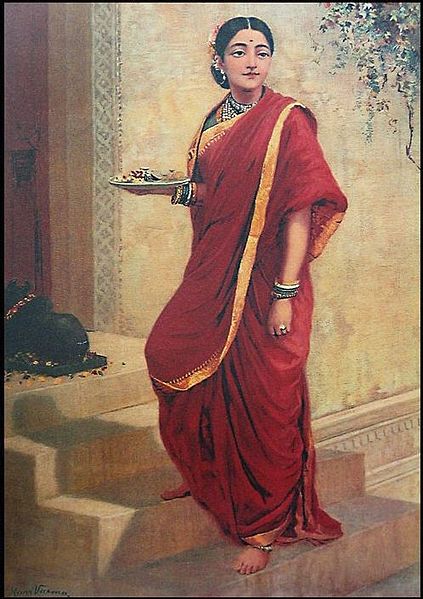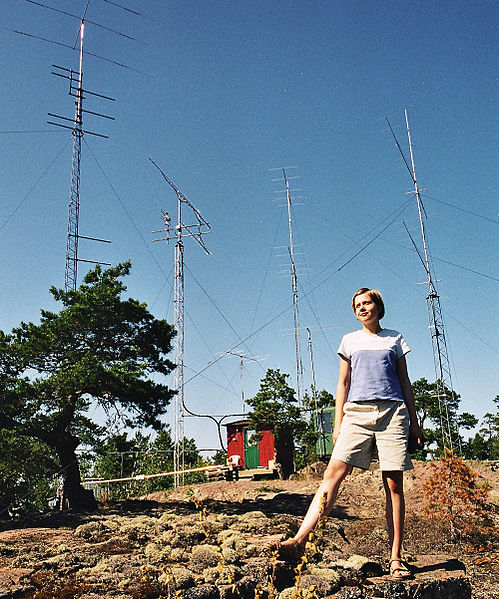A glove is a garment covering the hand, with separate sheaths or openings for each finger including the thumb. Gloves protect and comfort hands against cold or heat, damage by friction, abrasion or chemicals, and disease; or in turn to provide a guard for what a bare hand should not touch.
Assorted gloves (a museum collection)
Minoan youths boxing, Knossos fresco. One of the earliest documented uses of gloves.
Han Dynasty half-finger mitts, 2nd century BCE, embroidered silk, unearthed from Mawangdui.
European gloves, late 17th century, silk, metal thread. Metropolitan Museum of Art.
Clothing is any item worn on the body. Typically, clothing is made of fabrics or textiles, but over time it has included garments made from animal skin and other thin sheets of materials and natural products found in the environment, put together. The wearing of clothing is mostly restricted to human beings and is a feature of all human societies. The amount and type of clothing worn depends on gender, body type, social factors, and geographic considerations. Garments cover the body, footwear covers the feet, gloves cover the hands, while hats and headgear cover the head, and underwear covers the private parts.
Clothing in history, showing (from top) Egyptians, Ancient Greeks, Romans; Byzantines, Franks; and thirteenth through fifteenth century Europeans
A kanga, worn throughout the African Great Lakes region
Hindu lady wearing sari, one of the most ancient and popular pieces of clothing in the Indian subcontinent, painting by Raja Ravi Varma
A young woman wearing t-shirt and shorts at the warm summer in Åland








